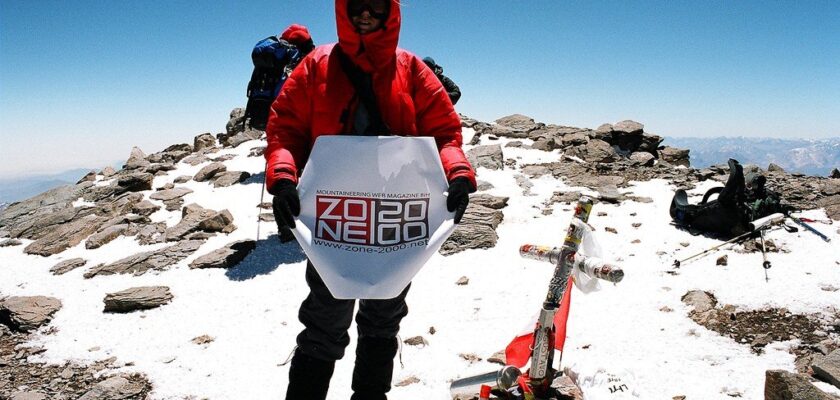Mount Aconcagua
Mount Aconcagua is the world’s highest extinct volcano. Its height is 6,961 meters. Aconcagua is the highest point in the Americas, South America, the western and southern hemispheres.
.Today it is covered in perpetual snow. It is hard to believe that many years ago this peak periodically spewed lava flows from its depths. And all because Aconcagua was formed as a result of the collision of two tectonic plates – South American and Nazca, and long enough to exist in the form of an active volcano.
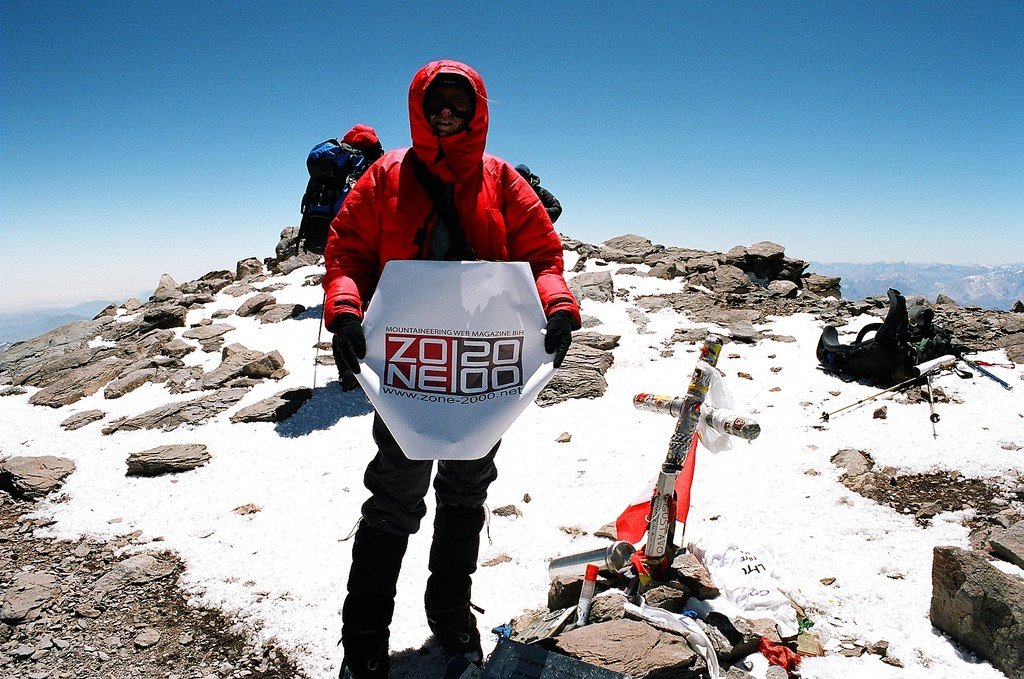
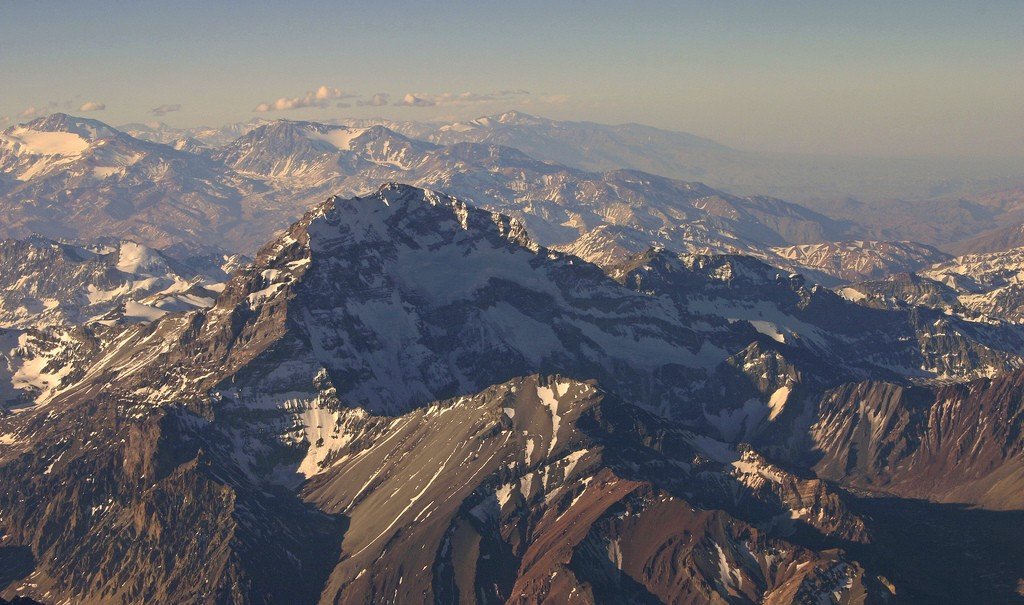
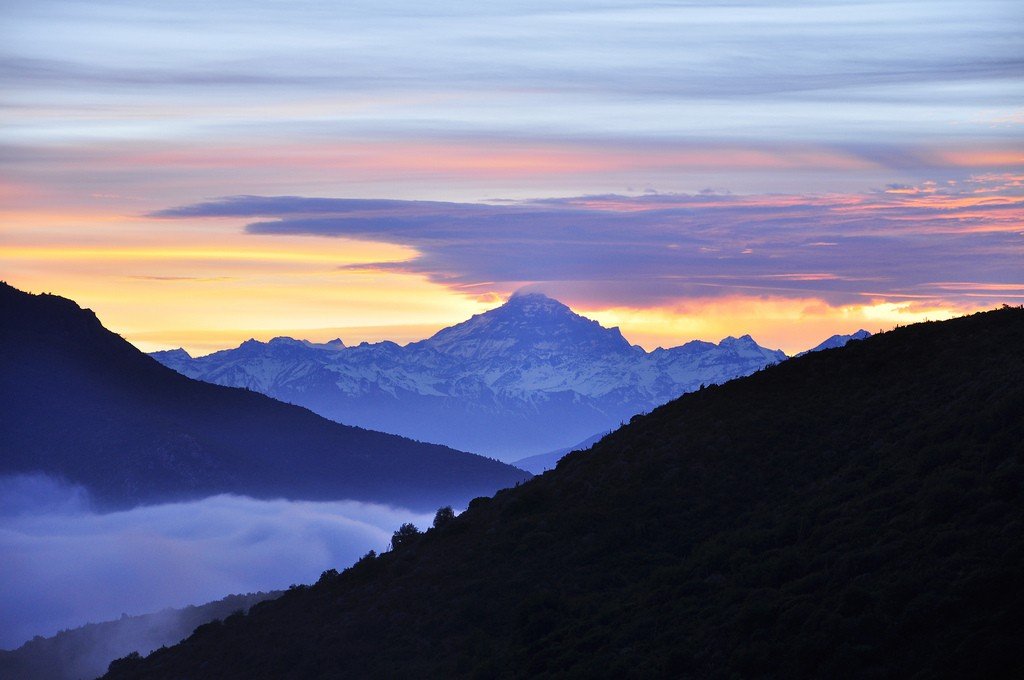
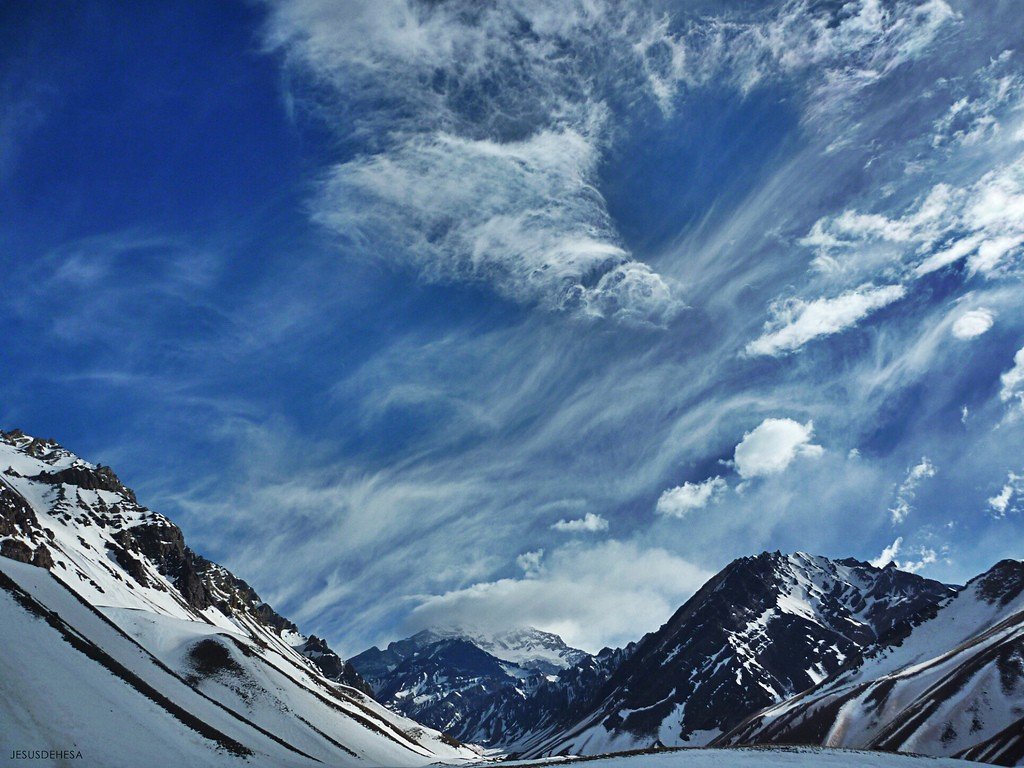
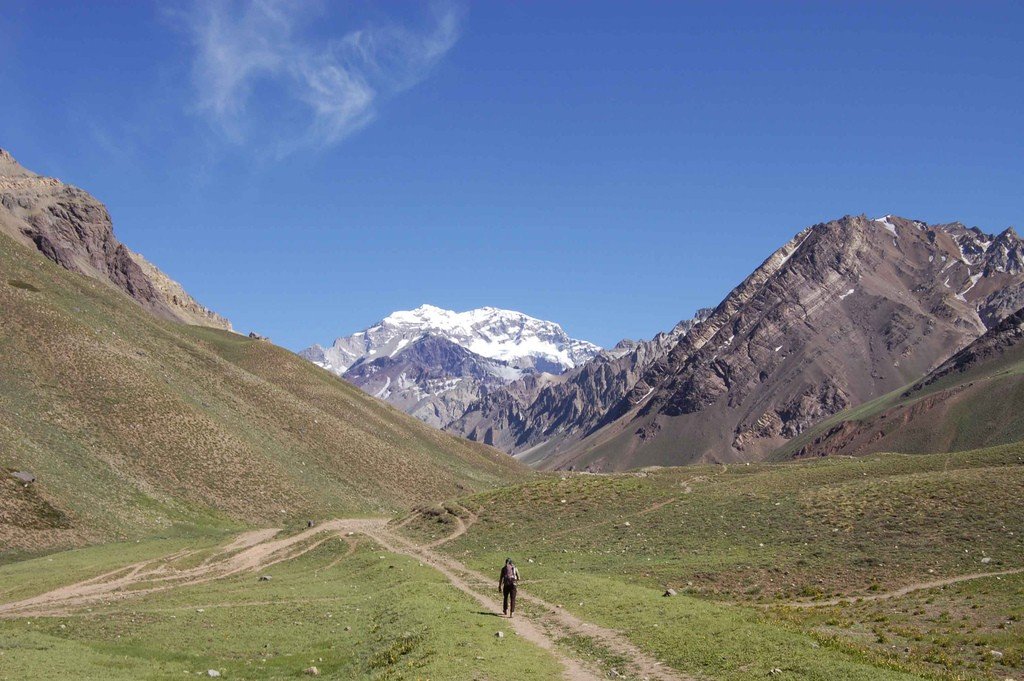
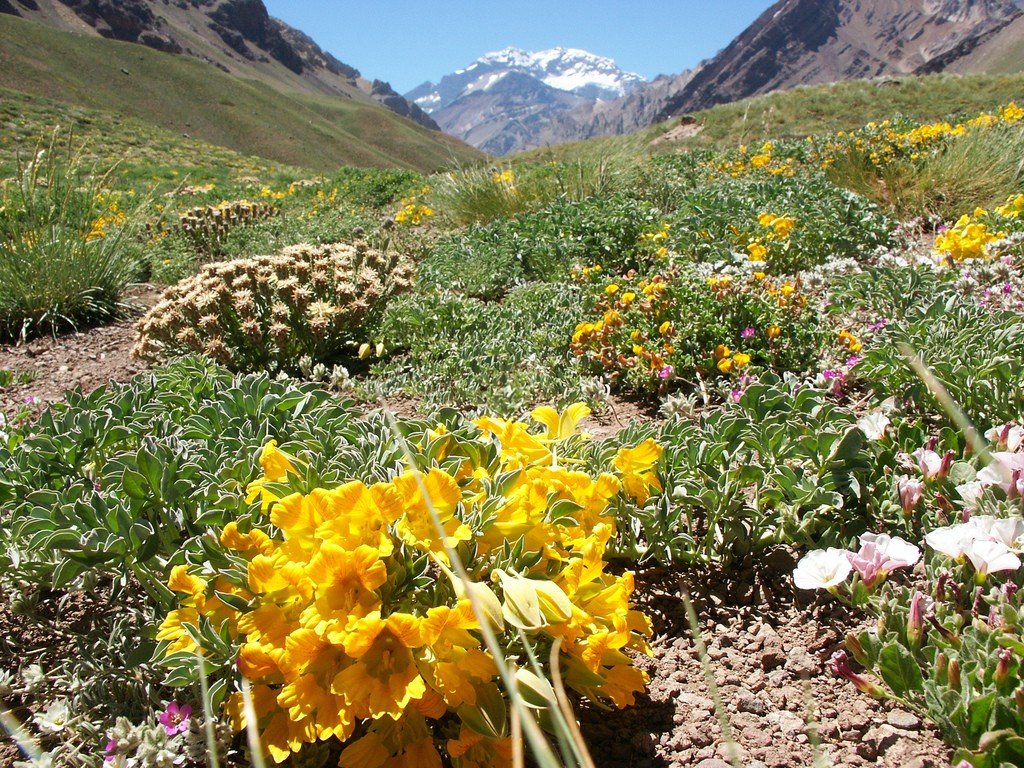
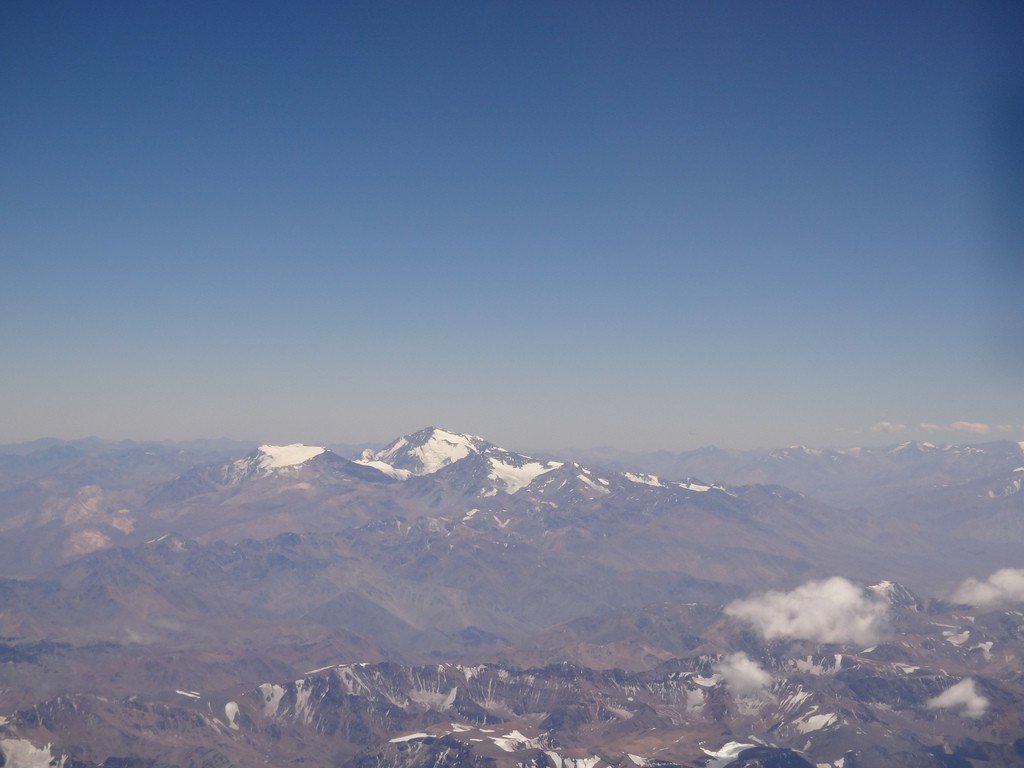
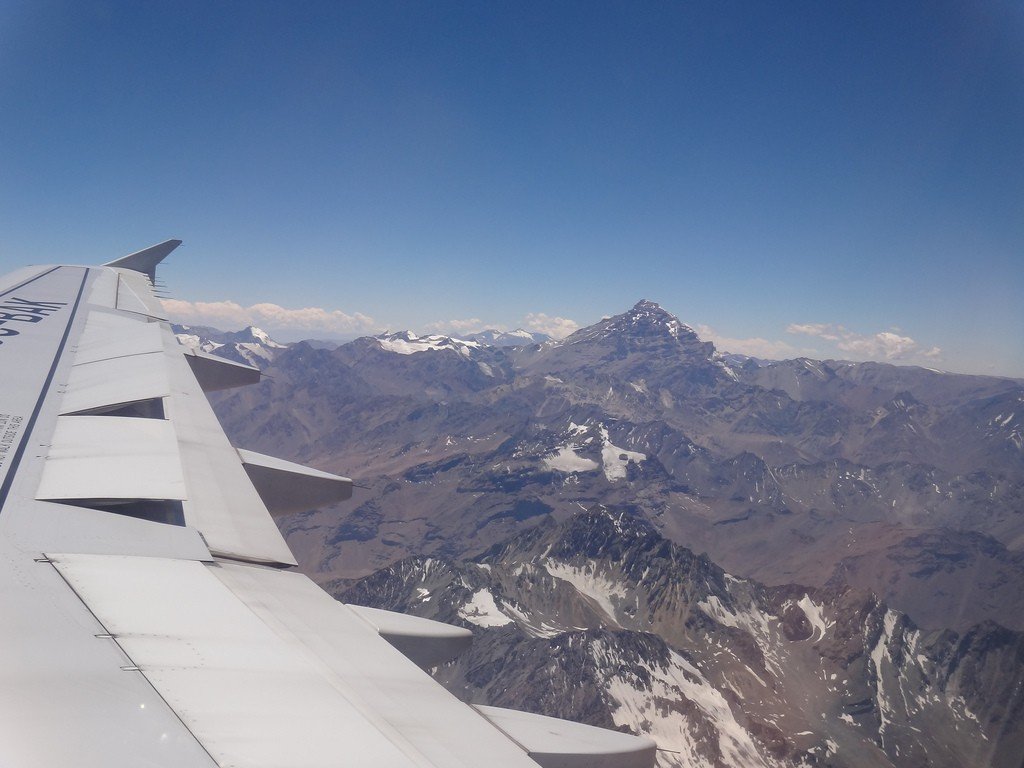
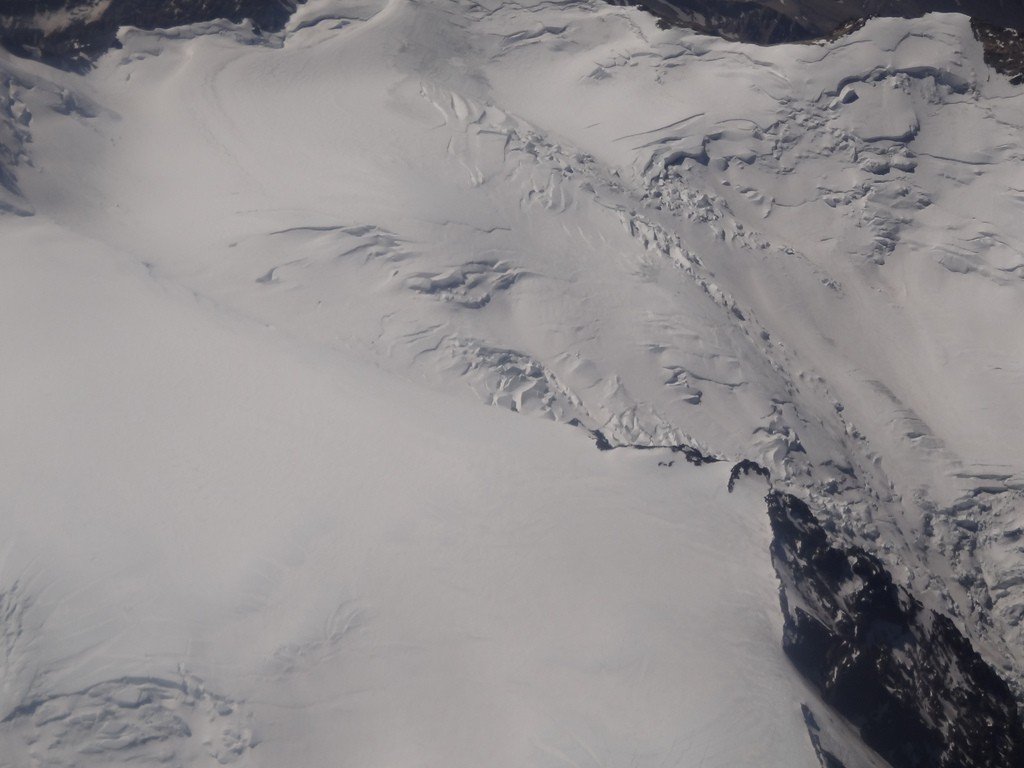
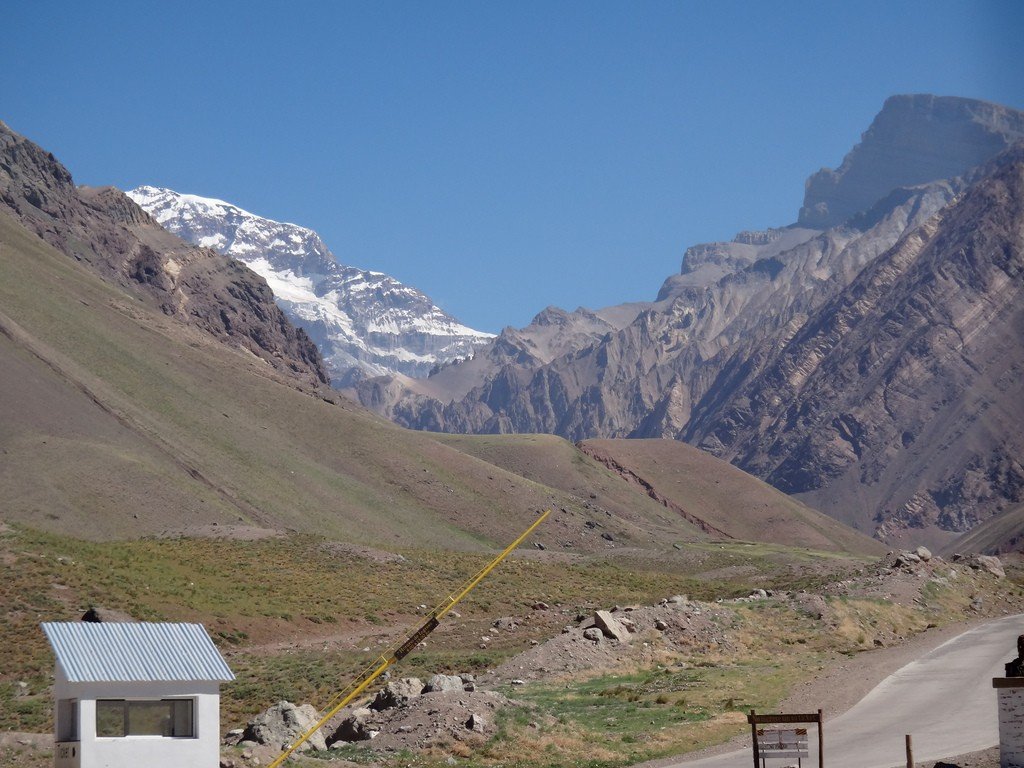
Origin of name
The Quechua Indian tribe nicknamed the famous extinct volcano with the word combination Ackon Cahuak. In Russian it sounds like “stone guardian”. No wonder – when looking at this stunning masterpiece of Mother Nature, one gets the feeling that the inconceivable size of the “bogatyr” after a long journey froze in place to guard the time that stopped with him. Everything seems to be frozen in this large-scale picture, including water – there are a huge number of glaciers, the largest of which are the Polish Glacier and the East Glacier.
.Location
Mount Aconcagua is located in the central Andes (Main Cordillera) in Argentina. It is bounded by the Valle de las Vacas mountain ranges to the north and east and the Valle de los Orcones Inferior to the south and west. The mountain is located within the Aconcagua National Park.
.Routes
In mountaineering, Aconcagua is considered a technically easy mountain to climb on the northern slope. When climbing, the effects of altitude are palpable, the atmospheric pressure at the summit being about 40% of sea level pressure. However, the use of oxygen tanks is not required for the ascent. The minimum time for the route is 5 hours and 45 minutes, recorded in 1991.
.In the base camp “Plaza de Mulas” is the highest art gallery in the world with works by artist Miguel Doure.
.The second route is through the Polish Glacier. The approach to the mountain goes through the Vacas Valley, then a climb up to the base of the Polskie Glacier, then an intersection with the first route to climb to the top of the mountain.
.
The routes through the South and Southwest mountain ranges are considered very difficult to climb.
.The first known attempt to climb the mountain in history was made in 1897 by the expedition of Englishman Edward Fitzgerald. On January 14, the summit was reached by Swiss Matthias Zurbriggen, followed a few days later by two other members of the expedition.
.
Tourists
Climbers love to conquer the heights of Aconcagua to this day, and fans of this endeavor can not prevent even not quite the right age. For example, 10-year-old Matthew Moniz climbed Aconcagua in 2008, and 87-year-old Scott Lewis climbed it in 2007.
Currently, climbers must buy a pass from the local authorities of the Aconcagua Provincial Park in Mendoza before climbing the mountain. Prices vary depending on the season.
The mountain can be climbed by the simplest route via the following intermediate points (elevation data is approximate):
- Inca Bridge (Puente Del Inca) – 2719 meters .
- Confluencia – 3500 meters .
- Plaza Canada 24 – 4910 meters .
- Nido de Cóndores – 5380 meters .
- Berlin (Berlín) – 5950 meters .
- Holera – 5900 meters .
- Cumbre (Cumbre) (summit) – 6962 m.
